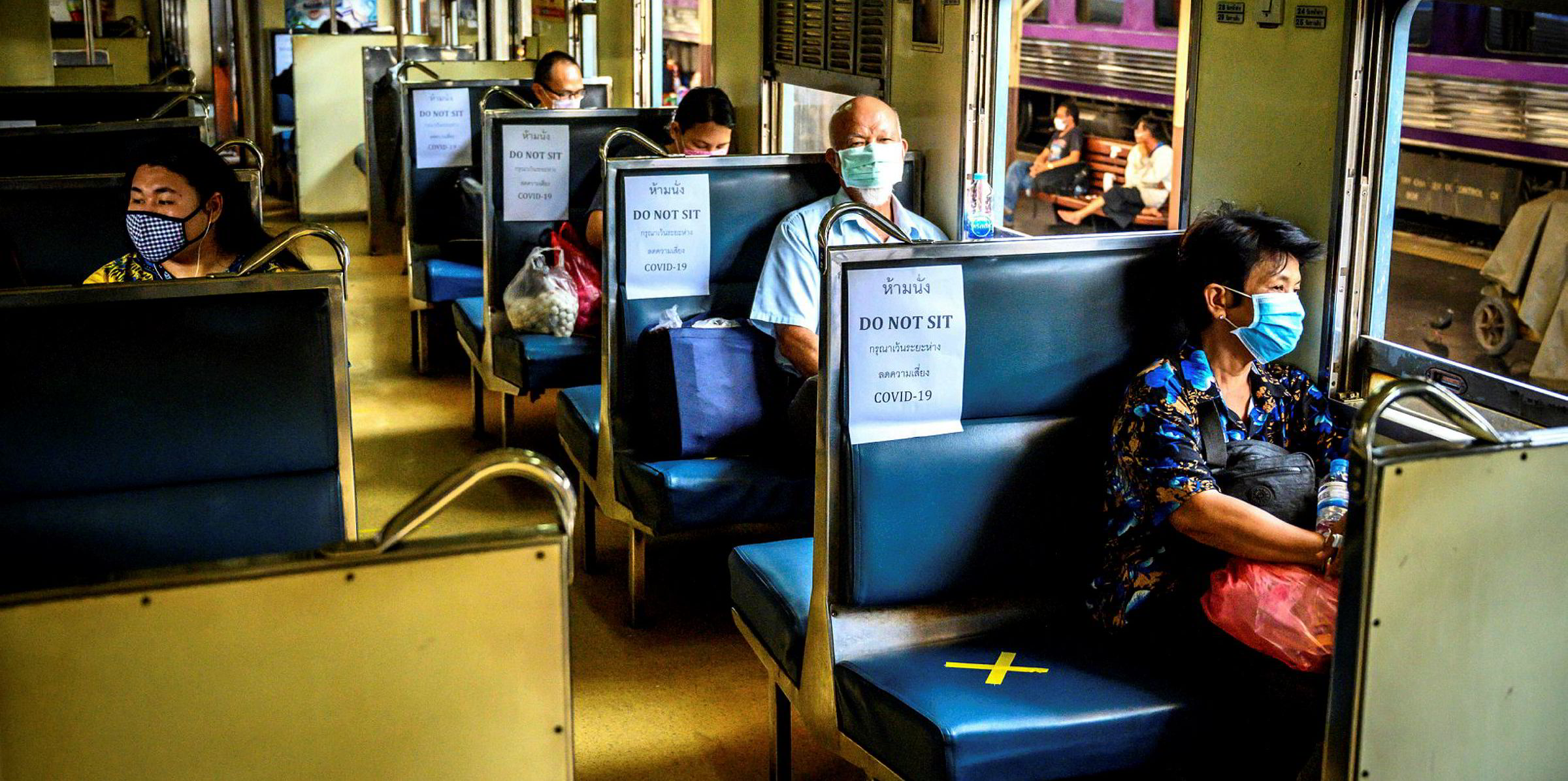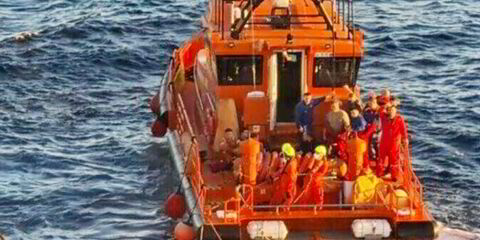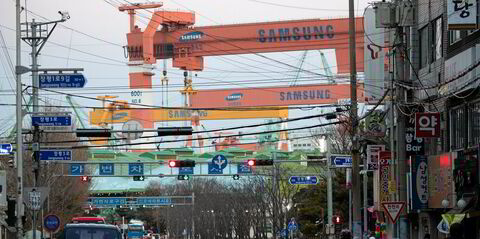Singapore announced last week it would allocate SGD 30m ($21m) towards boosting farming and that some of the money would be for urban farms on the roofs of apartments.
The government said its goal was to increase the city-state’s self-sufficiency in food production to 30%.
This marks something of a U-turn in Singapore's long-held view that it made better sense to use its scarce land for higher-value economic purposes. Food could be produced more cheaply elsewhere, and the global supply chain would ensure the country remained well fed.
The pandemic has shaken that theory. While it is very unlikely that Singapore will ever run out of food, the authorities there are clearly worried that procuring it may become more of a challenge as the coronavirus crisis looks set for the long haul.
Supply chain stressed
Across the world, the supply chain is being severely stressed as countries make snap decisions in reaction to the virus.
Singapore sources much of its fresh food and produce from Malaysia, which itself is battling the pandemic. Production and deliveries continue despite the lockdowns in both countries and the restrictions on movement at the border between them.
Both governments have given strong assurances that food deliveries will continue. But, with uncertainty being the only certainty in the current environment, that could change overnight.
Elsewhere, the number of countries limiting or banning food exports is rising. Several central Asian nations have stopped exporting flour and wheat. Vietnam and Cambodia are restricting rice exports.
In Australia, exporters are complaining that widespread flight cancellations are preventing them from getting their fresh produce to international markets. The situation is mirrored in many other food-producing countries.
Blocked distribution networks could result in nations such as Australia, which produce far more food than they can consume, facing the scenario where farmers are forced to destroy their excess crops, while people elsewhere in the world go hungry.
Food is not the only problem for the global distribution network.
Globalisation is largely based on the theory that it is economically wiser to shift manufacturing activities to low-cost locations and rely on fine-tuned distribution networks to get these products to where they need to be in a just-in-time manner. Shipping is the backbone of this system.
Many countries will rethink how much critical manufacturing and food production they will allow to be outsourced. Self-sufficiency will become the new buzzword
Europe and North America bought into this theory, as did many other regions around the world. The result is a large-scale loss of domestic manufacturing capability spread evenly across the globe. Stockpiling has been deemed an extravagant expense.
Many countries have been caught off guard, with everything from face masks and hand sanitiser to ventilators and medical protection gear in short supply. Re-establishing domestic production of these items cannot be achieved overnight.
Over the past few weeks, US President Donald Trump has unleashed vitriolic outbursts at US corporations, such as 3M, for failing to heed his call to send their medical products, no matter where they are produced, to the US.
Medical shortages
Meanwhile, politicians in neighbouring Canada have complained loudly that the US will not supply them with the medical equipment the country needs. They have accused the US of being a fair-weather friend.
Countries in which these products are manufactured are understandably reluctant to export items that they desperately need at home. China, to its credit, has been supplying thousands of ventilators and other medical equipment to the US despite still being lambasted by Trump for causing the virus in the first place.
The coronavirus has clearly been a wake-up call for everyone.
The question now is how will the global supply chain look in the post-pandemic world? As countries such as Singapore and even the US have learned, the principles of globalisation and the global supply chain work perfectly when things are going well, but cannot be relied upon in times of crisis.
It is highly likely that when all this blows over, many countries will rethink how much critical manufacturing and food production they will allow to be outsourced. Self-sufficiency will become the new buzzword.
How will this impact shipping?
Expect major changes in maritime trade lanes as the global distribution network adjusts to a shift from "just in time" back to "close to home".





